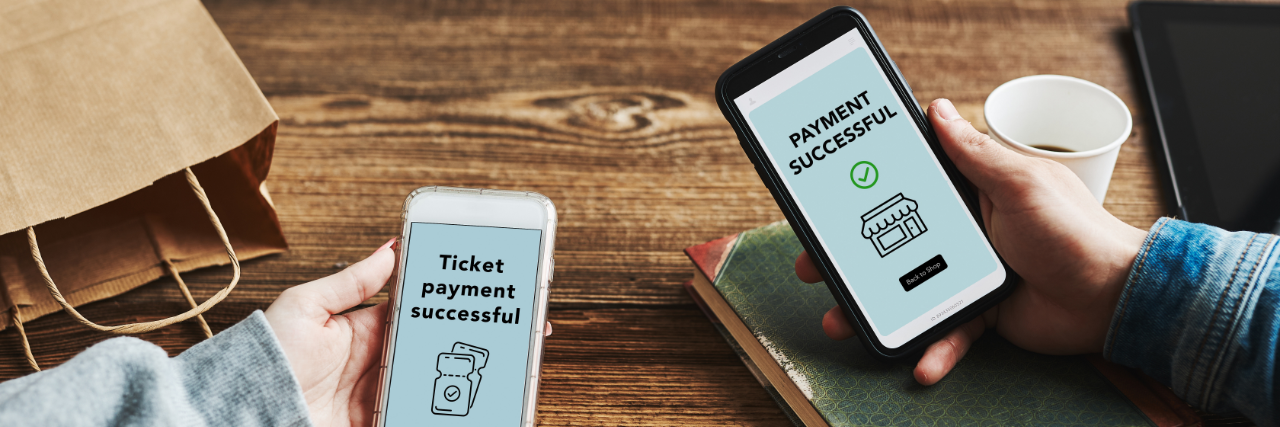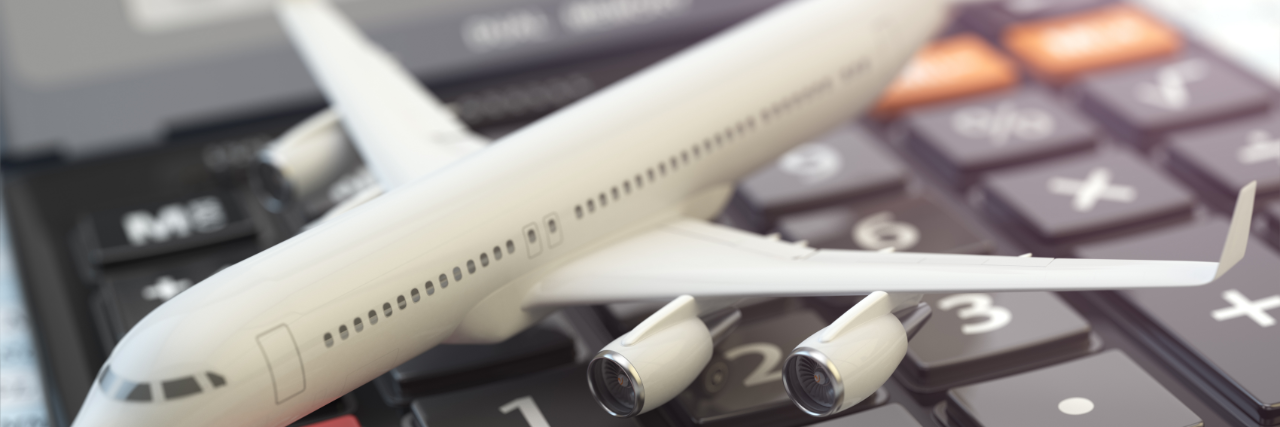Pros and Cons: Using ‘Buy Now Pay Later’ For Travel
The contents provided on this page are for informational purposes only and do not constitute financial advice. Consider your personal circumstances and objectives before making any financial decisions.
TL;DR—
Pros: Reduces upfront costs, provides greater financial flexibility, makes travel more accessible, and is convenient.
Cons: Encourages living beyond your means, can create debt spirals, may surprise with hidden fees, and disguises how expensive travel really is.
Travel Now, Pay Later. Fly Now, Pay Later.
Book Now, Pay Later.
There are many terms for the (apparently) new phenomenon of Aussies using ‘buy now, pay later’ services to fund their adventures. In fact, it was reported that approximately 60% of general admission ticket purchases for Coachella 2025 were made through a BNPL plan.
While this may not be particularly surprising, it’s also just a new form of vacation loan—see, funding things with credit cards.
That being said, with the widespread adoption of buy now, pay later services by customers, as well as targeted advertising from BNPL providers (Afterpay Travel, Klarna Flights etc), it’s not shocking that many Aussies use them to spread out the costs of a holiday.
But what are the actual upsides and downsides of paying in 4 for travel? Stow your luggage and strap yourself in, we’re going for a bit of a ride.
How does buy now pay later work?
In case you’re unfamiliar, ‘buy now pay later’ is a catch-all term for any service that allows customers to get a thing before they fully pay for it. They often require customers to pay a small upfront deposit, and then spread out the remaining balance across a predetermined period of time.
This amount and payment period can differ depending on the service provider and the total cost of the thing you’re buying—but the rough structure remains similar across the best buy now pay later apps.
Pros
BNPL has shaken up the way Australians pay for things (*queue mild shock*). The convenience, added to the increased costs of living, has almost made it an inevitability. It’s basically reverse ‘lay-by’ —anyone else remember lay-by?
Anyway, let’s lay out the pros.
1. Reduces upfront costs
One of the biggest advantages of BNPL is reducing the initial cost of booking a holiday, which can often be prohibitive—especially if you’re travelling solo.
When you add flights, hotels, experiences, car hire and more, together, you’ve already spent a fair chunk of change and you haven’t even gone anywhere yet. It can be a massive weight off the shoulders to only have to pay a fraction of that cost, upfront (it’s still there though, don’t forget).
By spreading the cost of a holiday across multiple installments/payments, you can not only book a holiday, but continue to manage your regular, non-holiday expenses. To take it one step further, using BNPL can allow you to splurge a little more on your holiday, getting the most out of it with upgrades, experiences, extra days etc.
Just use caution if you intend to go that route. You are still spending the money and will have to pay it back.
And if you would like some help in making the dollar stretch further, Beforepay’s got a great blog on where to find the best travel deals.
2. Provides financial flexibility
There’s a lot in the finance space (and life) that exists outside of direct control—the economy, job hiring processes, wage growth, rising costs of *checks notes* everything. In that sense, BNPL services can provide Aussies with a bit more control over what they have in their bank account, right now. It effectively works as a flexible (but circumstantial) boost to a budget.
This boost is better if you use BNPL responsibly and with considered forethought, rather than impulsively, but it can be a useful tool nonetheless for managing those more expensive, unessential purchases.
*cough cough* Beforepay’s Pay Advance is a great alternative to BNPL, perfect for when those sudden expenses pop up.
3. Makes travel more accessible
As pay later has become more common across every aspect of life, and more businesses have jumped on the bandwagon, travel has become more accessible than ever—there are many airlines that accept buy now pay later for flights, you can pay for a hotel in 4 payments, and many checkouts feature at least one BNPL option clamouring for your purchase.
Even the BNPL platforms themselves are directly partnering with third-party travel sites—looking at you, Klarna x Expedia and Webjet x Almost All of Them.
Taking this a step further, many brands (new and existing) also offer payment plans in a similar style to BNPL. Here are just a few:
These providers make travel more accessible, affordable (at least initially), and available, than ever before. This provides greater opportunities for people to enjoy once-in-a-lifetime trips, weekends away, or yearly holidays without worrying about draining their bank account all at once.
Though it’s best used with guard rails and a firm understanding of what you’re putting yourself on the hook for.
4. It’s convenient
We all love a bit of convenience. We’ve got so much to worry about, that having one less thing to consider can be a blessing. So it’s perfect that BNPL is right there, with a much lower barrier to entry, and higher reward potential. You don’t have to spend weeks or months saving before hitting ‘book now’. It’s right there, and for a fraction of the cost.
This makes it an excellent potential option for sudden trips or adventures you haven’t planned for in advance. It allows people to travel more often, and experience more of what life has to offer.
Sometimes, you just need to get away from things and it’s great to have an option to accommodate that.
Cons
There are some serious downsides to using BNPL for travel, especially once you start relying on it. Let’s take a look at some of the cons.
1. Encourages people to live beyond their means
There are many reasons that ‘saving’ and ‘budgeting’ are tried and true methods of financial management. They aren’t sexy, but they help you live within your means, without gloss or sugarcoat.
This is how much money you’ve got coming in, this is how much is earmarked for something else, this is how much is left. It’s unexciting, but it’s effective.
By using BNPL, or getting into the habit of searching for the Zip button, you’re effectively spending money you don’t yet have. You’re trusting (and contractually confirming) that you will have a certain amount of money in your account 6 weeks (as an example) into the future. This is a risk, especially if you take out multiple BNPLs (and budget forbid, you use multiple providers at the same time).
If you want a little non-BNPL help saving for that next big holiday, the Beforepay app features a great budget tool that uses personalised insights to show you your spending in real time.
This can be a great way to set yourself some realistic and achievable financial goals. You’ve got this and we’re here to help!
2. Can create debt spirals
A debt spiral is the act of falling deeper and deeper into debt, ultimately making it harder to climb out without borrowing more. It happens more often than you’d think (and is a big reason why Beforepay only allows one loan at a time).
If BNPL is not used carefully and responsibly, you can overextend yourself and end up needing to pay back more than you can afford. This may not be as big as a problem with essential expenses (still a problem), but the risk rises with more ‘exciting’ purchases like your next trip to Bali.
Essentially, don’t put yourself on the hook for more than you can afford. You are spending the money with BNPL, it just hasn’t caught up to your bank account yet.
3. Hidden costs and missed payments
There is always a cost. What that is depends on the platform you’re using. Many BNPL services claim that they are interest free, which may be technically correct (the best kind of correct), but doesn’t exactly give you the full picture.
It’s important to really understand the fine print before you take out any BNPL. There could be hidden costs, late charges, establishment fees, or premiums for the convenience of the service. Paying only 25% upfront can look really good on paper, but it may end up costing you more in the long run.
Remember: BNPL are businesses and have to make their money somewhere. That somewhere is often from you.
4. Makes travel seem cheaper than it is
Should we all be able to travel as much as we want? Yes. Can we? Mostly, no.
Despite being more accessible than ever before, travel still remains a luxury. And luxuries tend to have higher price tags.
As BNPL for travel becomes more accepted, it creates an illusion that travel is cheaper than it actually is. Of course, there are many types of budget holiday, but overall, it’s a biiiig expense.
Related to this, but not the responsibility of BNPL, is the prevalence of people on social media sharing snapshots of trips all around the world. Nothing wrong with sharing something you enjoyed, but it can help reinforce the misconception that travel is affordable—leading people to turn to BNPL to chase those same experiences they see their ‘peers’ enjoying.
You don’t need to spend heaps to enjoy a nice holiday. In fact we’ve even got some tips for travelling on a budget, straight from the Beforepay team.
Before you book
Buy now, pay later is an undeniably attractive option for travel. And for people who know how to use the services carefully (and accept the risks that come with them), it can be a great way to extend a budget further.
But before you start packing your bags, make sure you are fully informed about every aspect of your chosen BNPL provider. Understand how much they’ll charge you if you miss a payment, cancel early, change your mind, change the date, need a refund on your purchase, or any other number of situations. It may also help to stick to one BNPL at a time, ensuring you can handle the repayments when they inevitably come circling back round.
Whether you book flights with Afterpay, look for interest-free travel plans, or search for travel agencies with BNPL options, it’s fair to say that BNPL is here to stay.
How you use it is up to you.
Disclaimer: Beforepay Group Ltd, ABN: 63 633 925 505. Beforepay allows eligible customers to access their pay and provides budgeting tools. Beforepay does not provide financial products, financial advice or credit products. The views provided in this article include factual information and the personal opinions of relevant Beforepay staff and do not constitute financial advice. Beforepay and its related bodies corporate make no representation or warranty, express or implied, as to the accuracy, completeness, timeliness or reliability of the contents of this blog post and do not accept any liability for any loss whatsoever arising from the use of this information. Please read our Terms of Service carefully before deciding whether to use any of our services.


